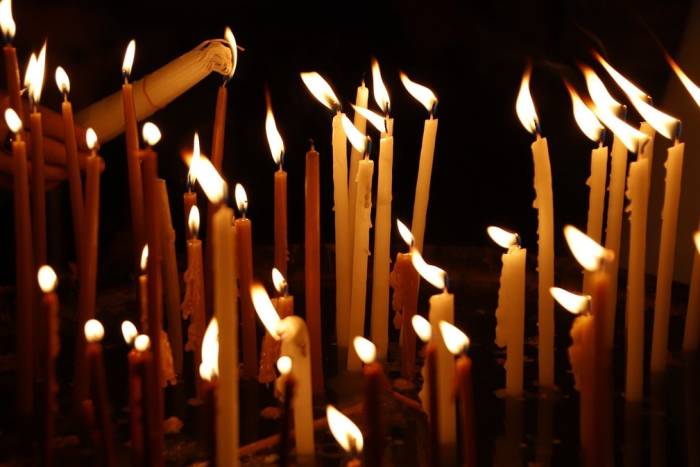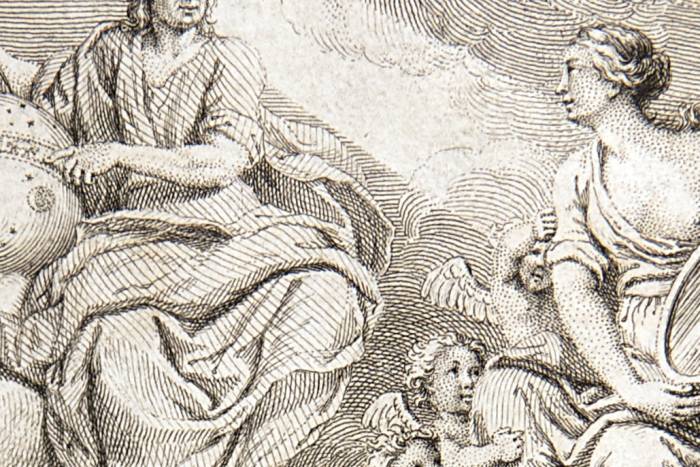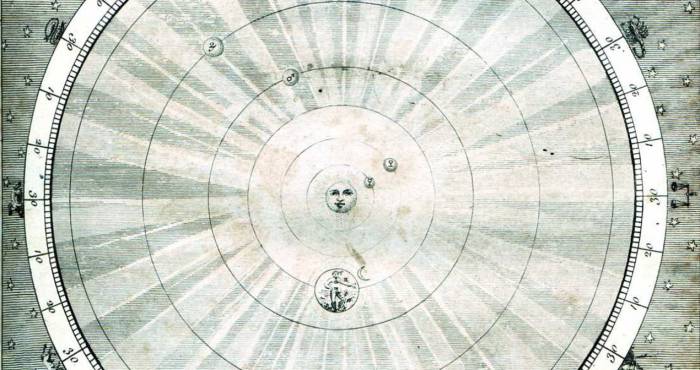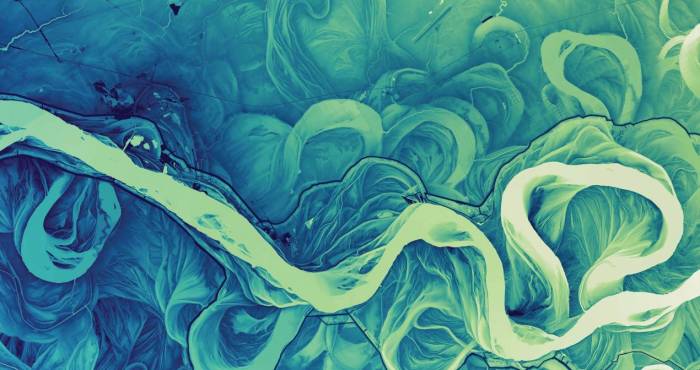Avalon, A Place Between Mythology and the Utopia of a Lost Kingdom
A mythical island of Arthurian legend, a point of reference for a whole era and the ideals of an idealized past.
Avalon, or Insula Avallonis, the legendary island of Celtic mythology, is where, according to some sources, King Arthur’s Excalibur sword was forged. It is also the place where the mythical king was taken, fatally wounded, to meet his death. In short, Avalon is a utopian paradise where the legends of English knights and political wholeness unite in a kingdom lost in the mists of time.
It is the place where the famous witch Morgana lived —for some the half sister of King Arthur – and where, according to legend, apples grew all the year round. The first mention of this place is found in History of the Kings of Britain (1136) by Geoffrey of Monmouth. It is believed that its name means “the island of apples,” as in the Breton language aval is the name of that fruit; the island of Avalon has also been called Ynys Witrin, meaning “island of crystal,” a name that makes clear reference to the place’s mystical qualities.
Like all mythological paradises, this place has been sought in all corners of the Earth. Some scholars say they found it in Glastonbury, a town in the English county of Somerset where, before the plains were drained, the hill of Glastonbury Tor rose above the marshes. Legend has it that in the 12th century, King Edward II of England sent an expedition to this place, which led to the discovery of the sarcophagus of King Arthur, and which was later taken to Glastonbury Abbey.
But there are many other towns in England where it is said that the mythical Avalon existed: Burgh-by-Sands — close to Hadrian’s Wall – and Castlesteads, both in the English county of Cumbria, are two examples. Some say that it was located in northwestern France, on an island called Ile Aval. And finally, the poet Robert Graves, in his book The Golden Fleece, proposes that Avalon is on the Spanish island of Mallorca. Some experts believe there is a connection between Avalon and Helheim, the kingdom of the dead in Scandinavian mythology. Everybody, at the end of the day, wants Avalon to be part of their land.
The fascinating myth sustains that after the Battle of Camlann, in which, after clashing with Mordred, King Arthur was mortally wounded, the king was taken to Avalon on a boat by the nine fairy queens — Morgana, Moronoe, Mazoe, Gliten, Glitonea, Gliton, Tyronoe, Thiten and Thiton —. There they laid him upon a golden bed where, according to many sources, Morgana remains to this day watching over his body. There are also versions that say that Arthur did not die and that he will return to guide his people.
According to Monmouth, in Vita Merlini (a wonderful book), to reach Avalon it is necessary to undertake a sea voyage. The historian maintains that on that island nature produced grain, apples and grapes by itself, without the need to sow, plow or cultivate. He also said that whomever lives in Avalon could live for more than 100 years.
Avalon has been, for centuries, a mythical place that symbolizes purity, abundance and magic, and which is the reason for the strong significance it has had in Western culture for so many years. It is a terrestrial utopia and, at the same time, a point of political reference of a time when rulers and their knights were brave, honest and virtuous, a harmonious bridge between the earthy and the celestial, between what is and what some would like it to be. There are the intact values (those that we have corrupted to the point of dismantling), and there are the nine fairies that guard King Arthur and his paradise of apples.
Related Articles
When ancient rituals became religion
The emergence of religions irreversibly changed the history of humanity. It’s therefore essential to ask when and how did ancient peoples’ rituals become organized systems of thought, each with their
Larung Gar, the valley that is home to thousands of Buddhist monks
If we think about the monastic life it is very probable that we think about solitude, seclusion, silence and a few other qualities whose common denominator is the appropriate isolation for mediation
Dialogue with the Dalai Lama on science and spirituality
The Dalai Lama has been interested in science since he was a child. Over the years he’s visited many laboratories and has attended conferences that discuss consciousness from the scientific point of
A New Year's resolution for the earth
Worrisome quantities of waste are generated by human populations. Especially in cities, these have reached unprecedented and alarming levels. A largely uncontrolled practice, it affects everything on
The Dark Mountain Project: or how literature can confront ecocide
One impulse from a vernal wood May teach you more of man, Of moral evil and of good, Than all the sages can. Wordsworth, “The Tables Turned” (fragment) Words are elementary. The only reason we can
Are there no women in the history of philosophy?
Do only men philosophize? This could sound like a silly question, but if we quickly review the names of philosophers, from Aristotle to Slavoj Žižek, it would appear to be an exercise that is
Things that are about to disappear: photography as environmental conservation
Cristina Mittermeier is the founder of the International League of Conservationist Photography (iLCP), and is at the front of a modern movement to use photography with environmental purposes. Her work
Architecture And Music; An Affair That Acts On The Matter
A composition is like a house you can walk around in. — John Cage Perhaps music, more than the art of sound, is the art of time. That’s why its communion with space, and architecture, is so often so
Psycho-geography (On The Ritual Casting of a City)
Mrs. Dalloway walked down the streets of London guided by an “internal tide” that made her stop somewhere, enter a store, turn at the corner and continue her journey, as if she were adrift. La dérive
A Theme Park Inspired by Hayao Miyazaki is About to Open …
One of animation’s most spectacular exponents, Hayao Miyazaki, is the artist who transformed the direction of traditional animation forever.










